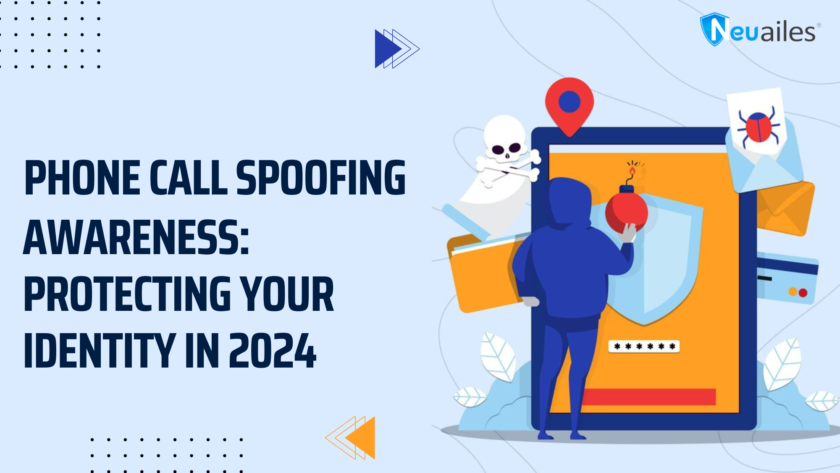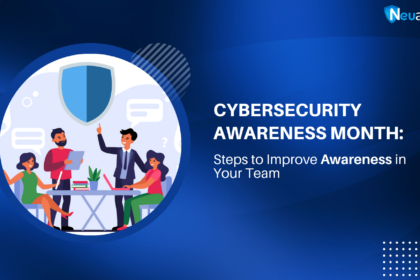TABLE OF CONTENTS
In an era where technology is advancing at a rapid pace, so are the tactics used by scammers to exploit unsuspecting individuals. One such method that has become increasingly prevalent is phone call spoofing. This deceptive technique allows fraudsters to manipulate caller ID information, making it appear as though the call is coming from a trusted source when, in reality, it is not.
As we enter 2024, it’s more important than ever to be aware of these threats and take proactive steps to safeguard our identities.
What Does Phone Call Spoofing Mean?
Phone call spoofing is a deceptive tactic that involves manipulating caller ID information to conceal the caller’s true identity. This deceptive practice can range from changing the displayed phone number to imitating a reputable organization, government entity, or someone the target knows. Through this deceit, scammers aim to establish credibility with their victims and trick them into revealing confidential details or falling for deceitful plots.
What are the Risks Involved?
Being tricked by phone call spoofing poses serious dangers. People may unknowingly give out sensitive information like social security numbers, financial data, or passwords, making them vulnerable to identity theft, monetary scams, or other types of manipulation. Additionally, phone call spoofing can be utilized for dispersing malware or initiating phishing schemes, making the security of innocent individuals even more precarious.
How to Protect Yourself in 2024?
While phone call spoofing can be difficult to detect, there are several measures you can take to protect yourself and minimize the risk of falling victim to these scams:
Be Skeptical:
Always approach unsolicited calls with caution, especially if they request sensitive information or seem too good to be true. Trust your instincts and verify the caller’s identity through alternative means if possible.
Verify Caller Information:
If you receive a suspicious call from a purported organization or individual, hang up and independently verify their contact information through official channels. Do not use the phone number provided by the caller, as it may be part of the spoofing attempt.
Don’t Share Personal Information:
Refrain from sharing personal or financial information over the phone unless you are certain of the caller’s authenticity. Legitimate organizations will typically not request sensitive information over the phone without prior authentication.
Use Call Blocking Features:
Take advantage of call-blocking features offered by your phone service provider or third-party apps to filter out known spam or spoofed calls. These tools can help reduce the likelihood of receiving fraudulent calls.
Stay Informed:
Stay updated on the latest phone call spoofing tactics and trends to better recognize and respond to potential threats. Knowledge is key to staying one step ahead of scammers.
Conclusion!
As a matter of fact, it’s not just phone call spoofing that poses a threat to digital security. Email spoofing is a similar tactic used to deceive recipients into believing an email is from a legitimate source, is also on the rise. That’s where solutions like GoDMARC come into play. By implementing GoDMARC’s advanced email authentication and monitoring capabilities, businesses can defend against email spoofing attacks and safeguard their brand reputation.



